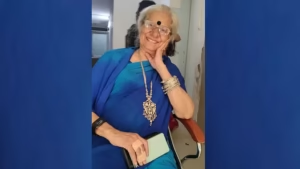The Women Who Shaped the Global Sustainable Development Goals

The Sustainable Development Goals (SDGs), now recognized as essential guideposts for global prosperity and resilience, were conceived and promoted by two women from a developing country. Paula Caballero, a World Bank official from Colombia, played a pivotal role in framing the SDGs, reframing development priorities around issues like climate change and general well-being. Her construct departed from the earlier approach of categorizing countries into wealthy and less wealthy, emphasizing the importance of global collaboration on shared challenges.
Working closely with Caballero was Patti Londoño, another Colombian Foreign Affairs Ministry official. Their role as women from a developing country was significant in challenging the previously patriarchal mindset in global development. The Millennium Development Goals, established in 2000, mainly focused on wealthier countries assisting less-wealthy nations. The SDGs introduced a more inclusive and well-rounded perspective, emphasizing the need for all countries to address common global issues.
The process of gaining support for the SDGs started modestly and involved initial presentations with no discussion time. However, the concept gradually garnered excitement and official backing. Despite their importance, the SDGs often receive limited media coverage, sometimes being labeled as “boring.” This lack of attention has impacted assessments of how companies contribute to achieving these goals.
Long-term planning and maintaining focus amid changing circumstances remain significant challenges for the SDGs. Nevertheless, these goals serve as a testament to global governance’s dedicated individuals, like Caballero and Londoño, who overcome bureaucracy and resistance to effect positive change.
Re-reported from the article originally published in World Economic Forum









